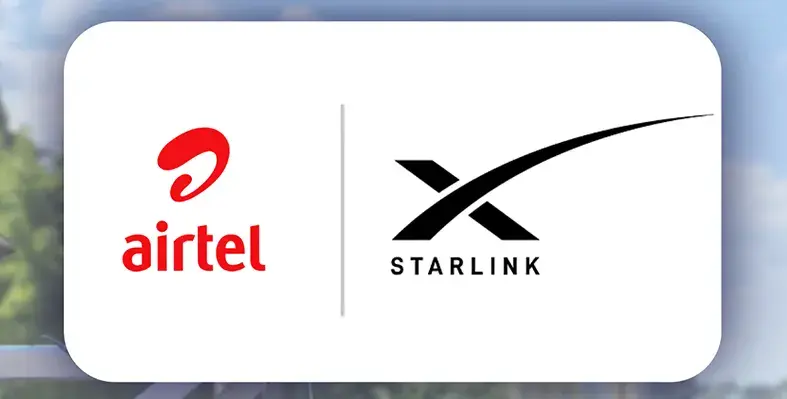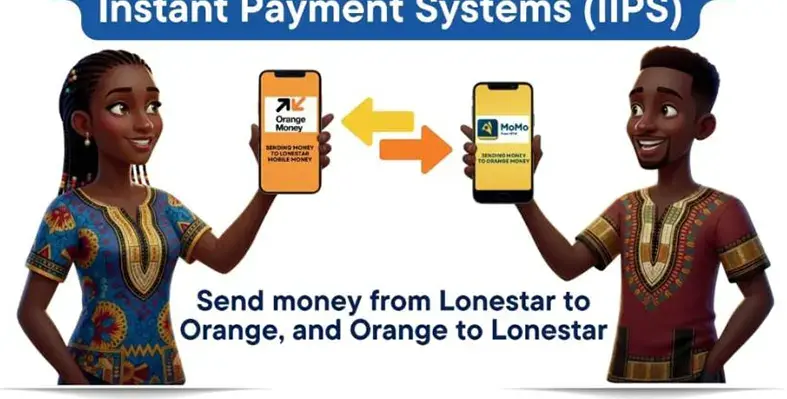Rod Melchurch reports from the 2011 NAB Convention in Las Vegas
The US National Association of Broadcasters Spring Convention, diminutively retitled 'NABshow', returned to its usual haunt at the Las Vegas Convention Center 11-14 April. Marginally larger than the September International Broadcasting Convention in Amsterdam, NAB retains the charm of a tropical location perfectly suited to accommodating nearly 90,000 exhibition visitors plus the usual smattering of tourists and gamblers.
This year, as ever, the catchphrase was 'More features for less money'. And on a scale that could hardly be believed. Anyone imagining that 1080-line high-definition was here to stay looks set to be proved wrong: what we have just learnt to call 'HD' will probably go down as a momentary blip in the timeline of television standards.
In camera-speak, 1920 x 1080 HD is a 2 megapixel system. At 7680 x 4320 pixels, the Ultra High Definition (UHD) format promoted in recent years by Japanese broadcaster NHK is essentially 32 megapixels. Since UHD is big enough to fill a far bigger screen than could be accommodated in the average a modern house, it leaves plenty of opportunity for something less ambitious.
A bridge from HD to UHD
With excellent timing, JVC showed a prototype camcorder which bridges the worlds of HD and UHD. JVC's demonstration centred on a 3840 x 2160 pixel resolution (8 megapixels) format. Responding to pressure from consumer camera designers such as Canon, this prototype is capable of capturing 8 megapixel video at 24p, 50p or 60p frame/s. It can alternatively be switched to 1920 x 1080 60p, 60i, 50p, 50i and 24p modes or will capture 12 megapixel stills at up to 30 frame/s. The storage medium is a four-in-one SD flash-memory cartridge.
Similar in size and styling to a D-SLR camera though with a longer than average lens, was a second JVC prototype camcorder designed to record 60p video at 3840 x 2160, 3200 x 1800 or 1920 x 1080 pixel resolution. Capturing to a single SD memory card, this looked decidely like a high-end consumer product. Given the popularity of the Canon D5 D-SLR among broadcasters as well as corporate video programme-makers, JVC's two new designs have very great potential.
Greater product affordability
Many broadcast interface products have hitherto been relatively expensive elements of broadcast systems but are becoming increasingly affordable. AJA introduced new SDI to optical and optical to SDI converters including the Hi5-Fiber unit at $695 and four FiDO modules at $445 each.
California-based Black Magic Design's NAB 2011 new product inventory is another epitome of affordability, including the $995 DaVinci Resolve 8.0 colour grading system for Apple iMac and 17 inch MacBook Pro, a free-download variant called DaVinci Resolve Lite, the $995 Ultrastudio 3D Thunderbolt interface (to/from SDI, HDMI and analog),the $595 DeckLink 3 gigabit/s SDI quad link, the $2,495 ATEM video production switcher, the $995 ATEM Television Studio Apple-compatible virtual production switcher and H.264 internet coder... I could continue but you get the general drift.
Solid state digital video storage appears to have become an almost trivial technology with new recorders appearing on many NAB booths. This is hardly surprising given that almost every pocket snapshot camera on the market now includes 1080p24 video and audio capture as part of the deal. One of the neatest of new video recorders was from Black Magic (again) whose $345 HyperDeck Shuttle captures to plug-in 2.5 inch SSD memory. Battery-powered, it is designed to record uncompressed video via SDI/HD-SDI or HDMI.
Much ado about Apple
The most widely discussed 'new exhibit' was from Apple which was not even present at NAB. Apple pulled out of this and other trade shows in 2008 but announced a new lost-price-tag version of its Final Cut Pro editing software at an FCP Users Group gathering on 12 April in the nearby Bally's hotel. Targeted to sell at $299 (compared with $999 for FCP), the new version is called Final Cut Pro X. Resembling a blend of iMovie and current versions of FCP, FCP X is designed to take full advantage of the 64 bit architecture of latest-generation Apple computers.
The recent inclusion of an ultra-fast Intel Thunderbolt serial data interface into Apple MacBook Pro and iMac computers encouraged several NAB exhibitors to release compatible storage devices making use of the 10 gigabit/s (potentially 100 gigabit/s) bitrate. Originally developed as an optical interface, Thunderbolt was implemented using electrical connections to reduce cost and supply power. NAB exhibitors with Thunderbolt-compatible disk drives included Hitachi, LaCie, Sonnet and Promise.
Cloud-based production and playout
Internet-based remote content management is a well established technology, allowing a broadcast playout list maintained in an African city to control actual transmission from an uplink site in India or vice versa. Quantel's QTube Edit is an internet-enabled version of the company's sQ desktop editor. Complete timelines can be created remotely using browse-quality media, the edit decisions being published back to the home server.
A growing number of broadcasters are looking to migrate their satellite-based operations completely to the internet as a much cheaper and wider-reach way of delivering signals to the home. Cloud-based delivery services were a key element of the NAB 2011 conference, offering an easily managed way of avoiding contention issues as well as achieving precise audience-viewing statistics. Satellite and terrestrial digital delivery would then become (or in some regions remain) the preserve of the very largest-scale state broadcasters for whom broadcasting is a central element of national identity.
3D: waiting for better displays
3D camcorders were exhibited by the major players - JVC, Panasonic, Sony - as well as low-budget suppliers such as GoPro whose miniature 2D HD Hero (at approximately $200) can be paired into a $100 3D housing for attachment to a cyclist's helmet or a surfboard. Each Hero records to an SD card. The 3D housing includes a synchronising cable to ensure that each camcorder operates in step with its twin. Video quality at 720p was remarkably good.
Concensus of opinion at NAB was that 3D television broadcasting will be a minority interest until such time as direct-view displays are perfected. Currently the only glasses-free technology on offer requires lenticular lenses to split the left and right images. It works but is over-dependent on lateral viewing position.
NAB 2012
NAB is back in Las Vegas 16-19 April 2012. If it seems a long way to go just to visit 1,500 broadcast equipment suppliers, IBC in September is an excellent alternative.






















